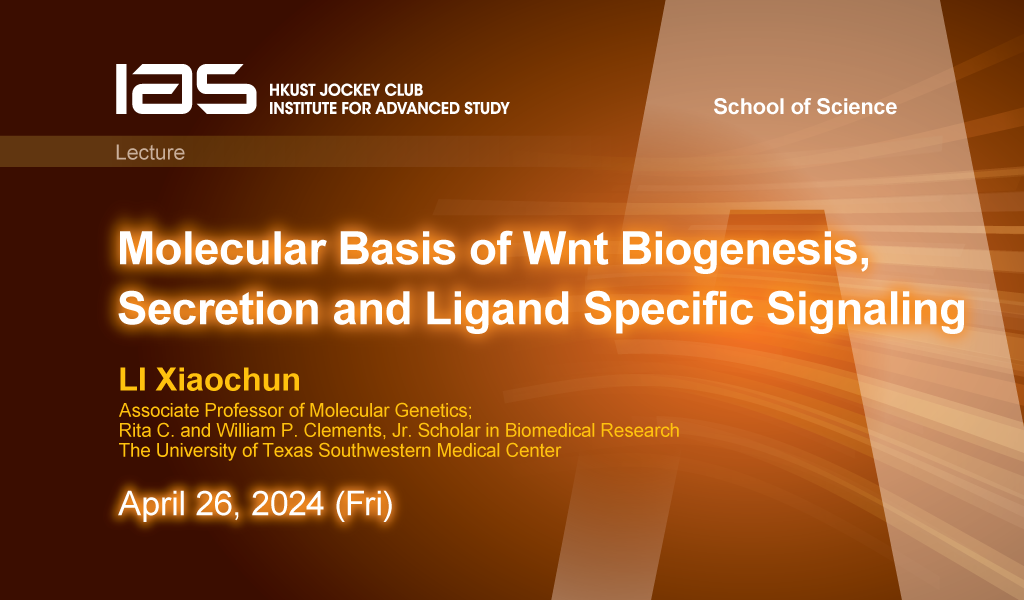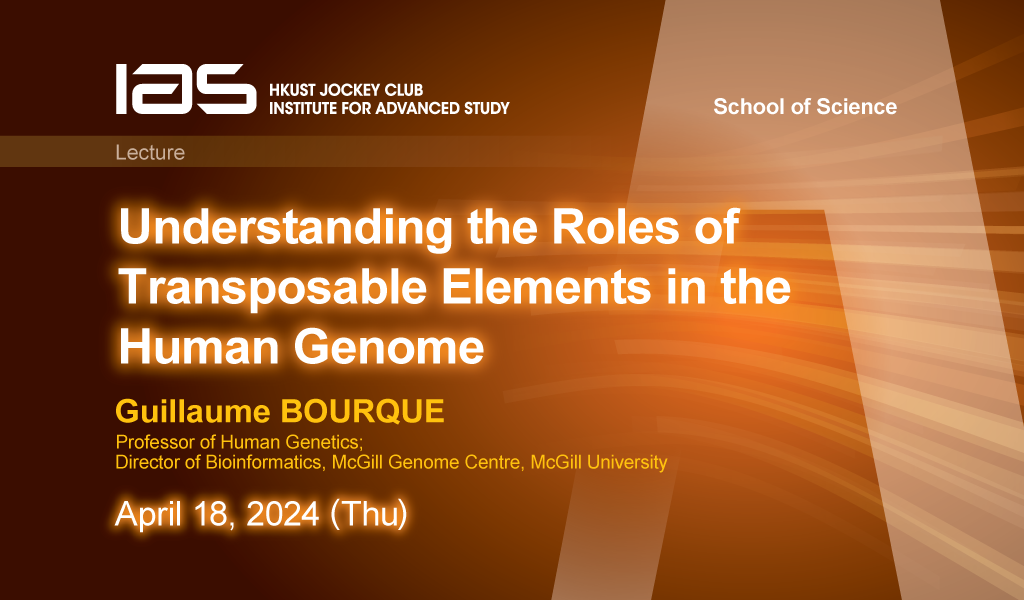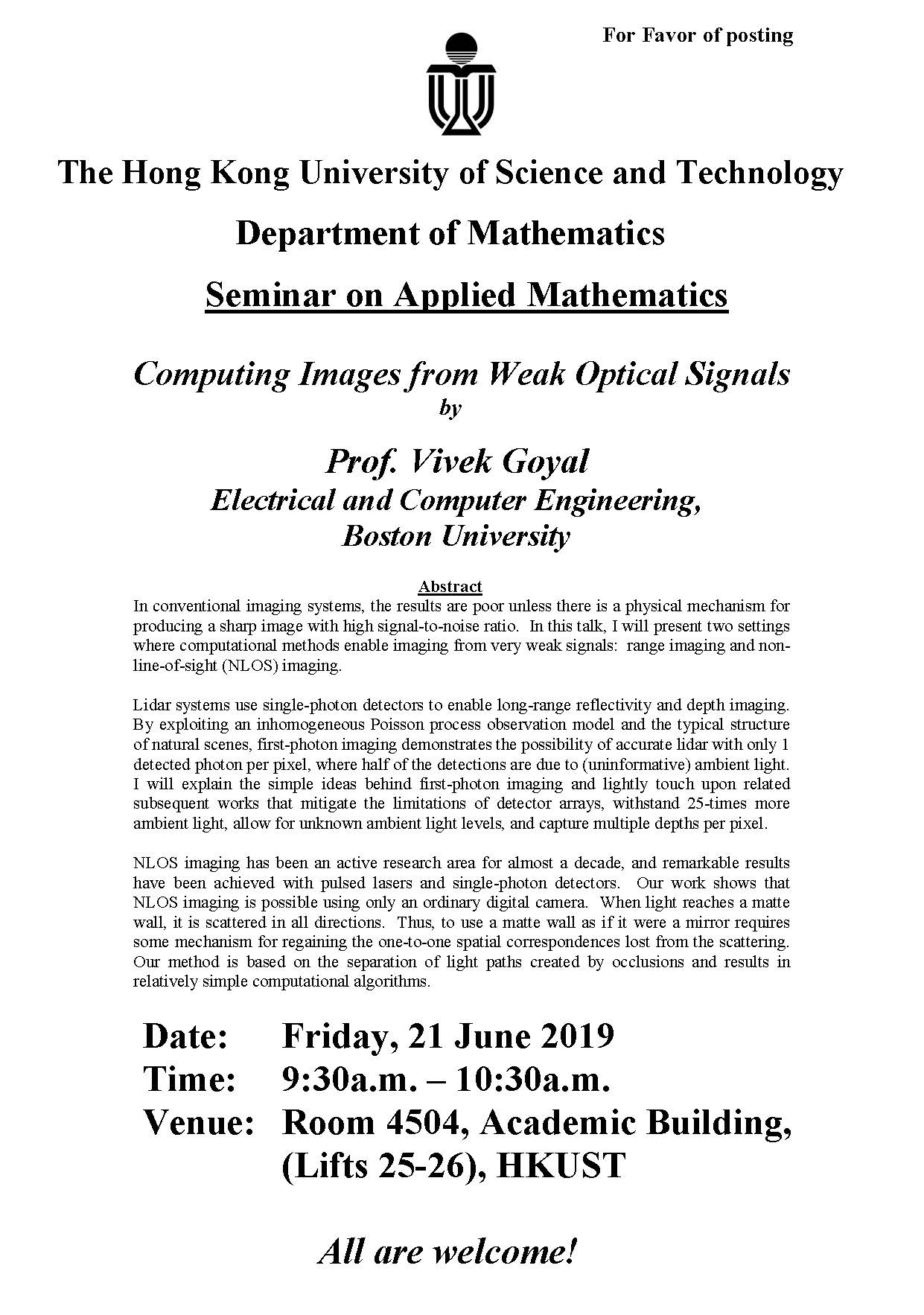Abstract
In conventional imaging systems, the results are poor unless there is a physical mechanism for producing a sharp image with high signal-to-noise ratio. In this talk, I will present two settings where computational methods enable imaging from very weak signals: range imaging and non-line-of-sight (NLOS) imaging.
Lidar systems use single-photon detectors to enable long-range reflectivity and depth imaging. By exploiting an inhomogeneous Poisson process observation model and the typical structure of natural scenes, first-photon imaging demonstrates the possibility of accurate lidar with only 1 detected photon per pixel, where half of the detections are due to (uninformative) ambient light. I will explain the simple ideas behind first-photon imaging and lightly touch upon related subsequent works that mitigate the limitations of detector arrays, withstand 25-times more ambient light, allow for unknown ambient light levels, and capture multiple depths per pixel.
NLOS imaging has been an active research area for almost a decade, and remarkable results have been achieved with pulsed lasers and single-photon detectors. Our work shows that NLOS imaging is possible using only an ordinary digital camera. When light reaches a matte wall, it is scattered in all directions. Thus, to use a matte wall as if it were a mirror requires some mechanism for regaining the one-to-one spatial correspondences lost from the scattering. Our method is based on the separation of light paths created by occlusions and results in relatively simple computational algorithms.
21 Jun 2019
9:25am - 10:25am

Where
Room 4504, Academic Building, (Lifts 25-26), HKUST
Speakers/Performers
Prof. Vivek Goyal
Electrical and Computer Engineering, Boston University
Electrical and Computer Engineering, Boston University
Organizer(S)
Department of Mathematics
Contact/Enquiries
mathseminar@ust.hk
Payment Details
Audience
Alumni, Faculty and Staff, PG Students, UG Students
Language(s)
English
Other Events

26 Apr 2024
Seminar, Lecture, Talk
IAS / School of Science Joint Lecture - Molecular Basis of Wnt Biogenesis, Secretion and Ligand Specific Signaling
Abstract
Wnt signaling is essential to regulate embryonic development and adult tissue homeostasis. Aberrant Wnt signaling is associated with cancers. The ER-resident membrane-bound O-acyltransfera...

18 Apr 2024
Seminar, Lecture, Talk
IAS / School of Science Joint Lecture - Understanding the Roles of Transposable Elements in the Human Genome
Abstract
Transposable elements (TEs) have expanded the binding repertoire of many transcription factors and, through this process, have been co-opted in different transcriptional networks. In this ...

